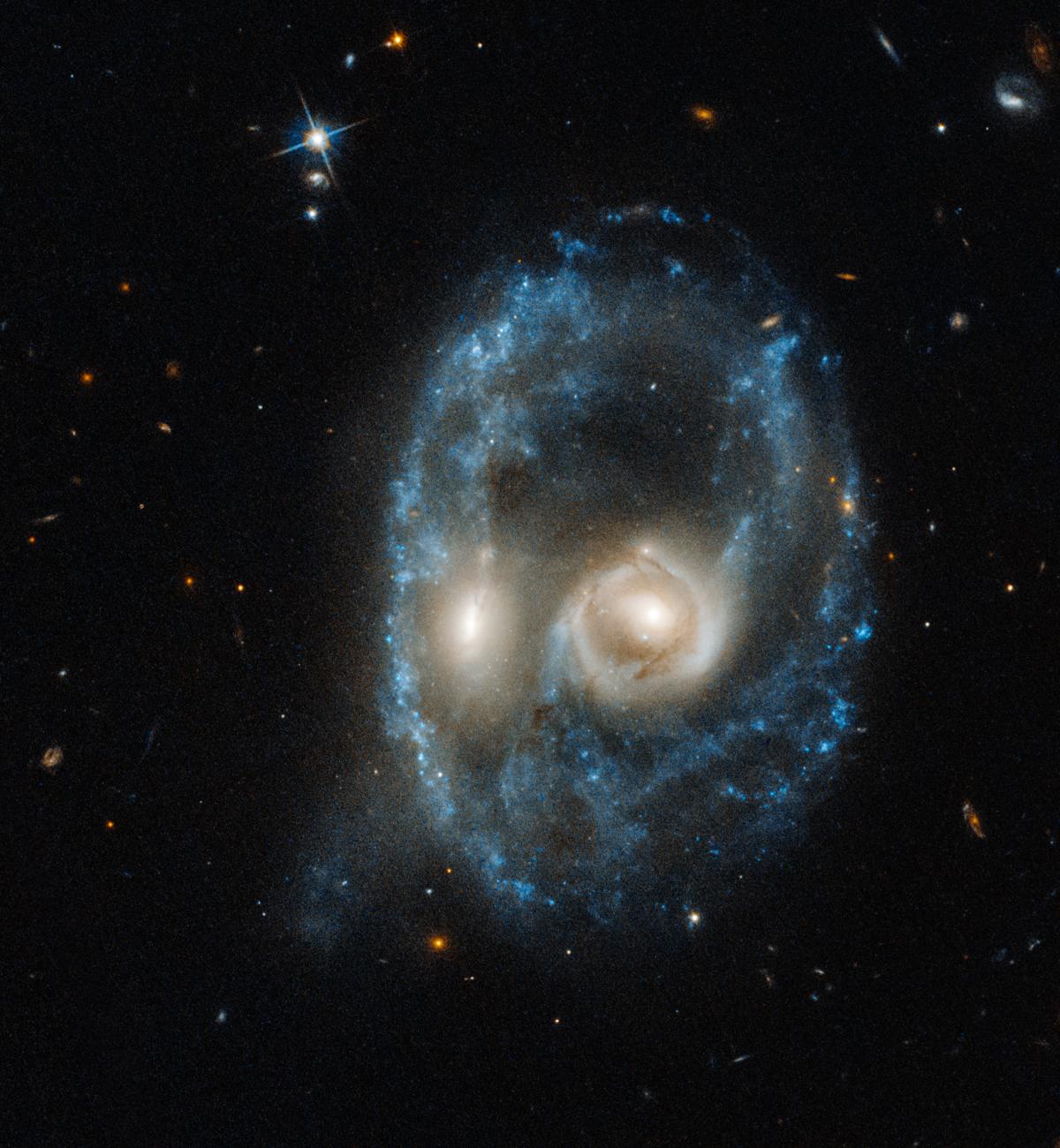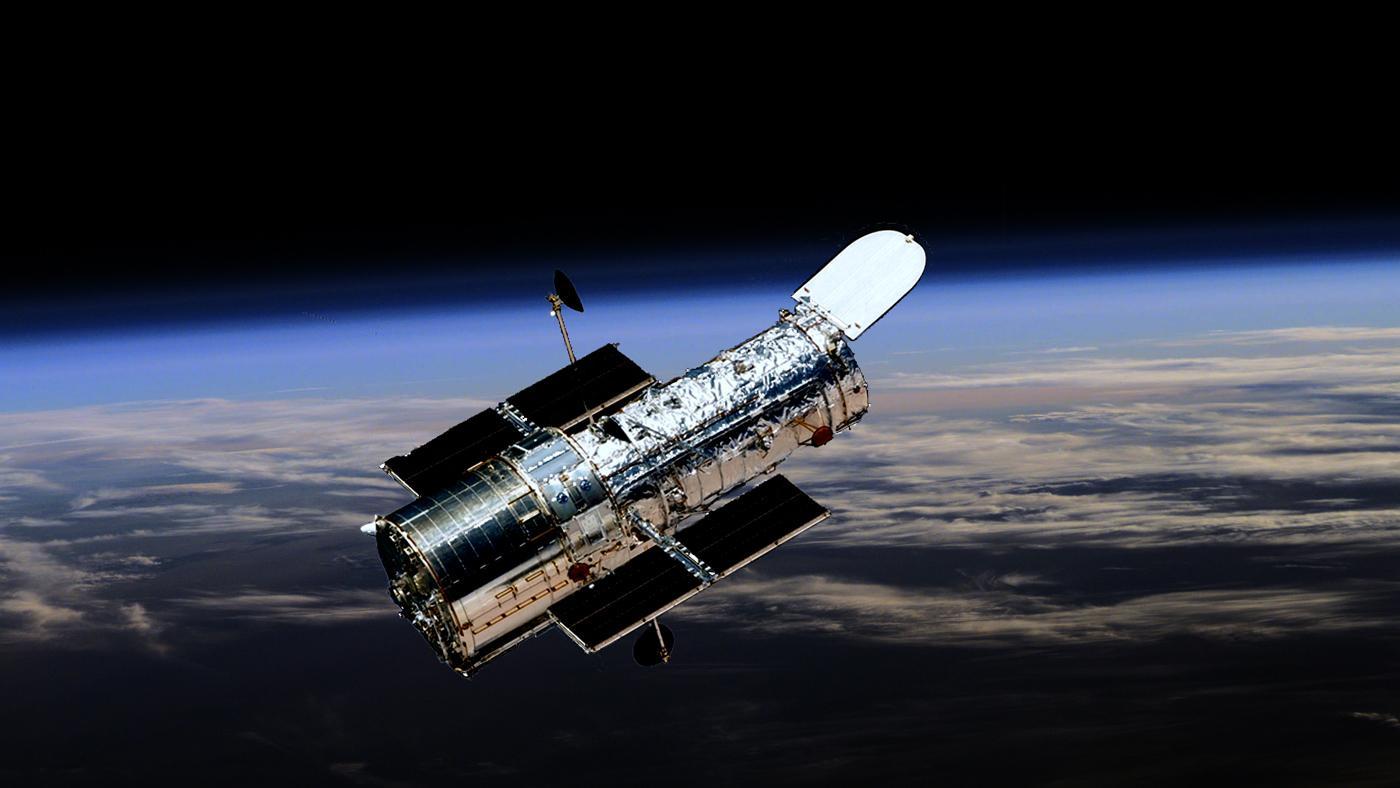Throughout its career spanning more than three decades, the Hubble Space Telescope has seen its share of cosmic wonders. Although all eyes are on the James Webb Space Telescope, Hubble continues to take breathtaking pictures from deep space. Its latest snapshot sheds light on a galactic merger event in the Arp-Madore Catalog of Southern Strange Galaxies and Associations.
Also See: Do Social Media Ads Affect Online Shopping?
The telescope used its advanced camera for research to capture this scene
Located about 670 million light-years away in the constellation Eridanus, Hubble's latest image captured a galactic binary known as Arp-Madore 417-391 undergoing a collision event. But this is not the first time Hubble has turned its attention to the Arp Madore region and come away with eye-catching discoveries. In 2019, the telescope named after astronomer Edwin Hubble captured another breathtaking galactic merger occurring about 704 million light-years from Earth. Classified as Arp-Madore 2026-424 (AM 2026-424), can you imagine an event involving two galaxies that resemble a skull with two glowing eyes? A little over a month ago, Hubble spotted another pair of galaxies doing a slow dance in Arp-Madore's backyard, distorting and distorting each other's shapes.
A 'Special Cosmic Dance' Creating a Rare Shape

In its latest scavenger hunt covering the Arp-Madore region, the Hubble telescope found something remarkable in the Arp-Madore 417-391 collision event. What is truly remarkable is the intensity of the galactic interaction and the strong gravitational forces at work here. The pair of galaxies twist together as their cores sit side by side, forming a ring-like structure.
The formation of galactic-scale ring-like structures is extremely rare, especially in mergers between two galaxies. The formation of a ring on such a large scale is nothing more than a fortuitous event because the interacting galaxies must collide at exactly the right angle and direction to form such a structure. However, rings produced from galactic collisions are extremely short-lived (i.e. on a cosmic timescale) and usually lose their distinct structure in a few hundred million years.





No comments yet for this news, be the first one!...